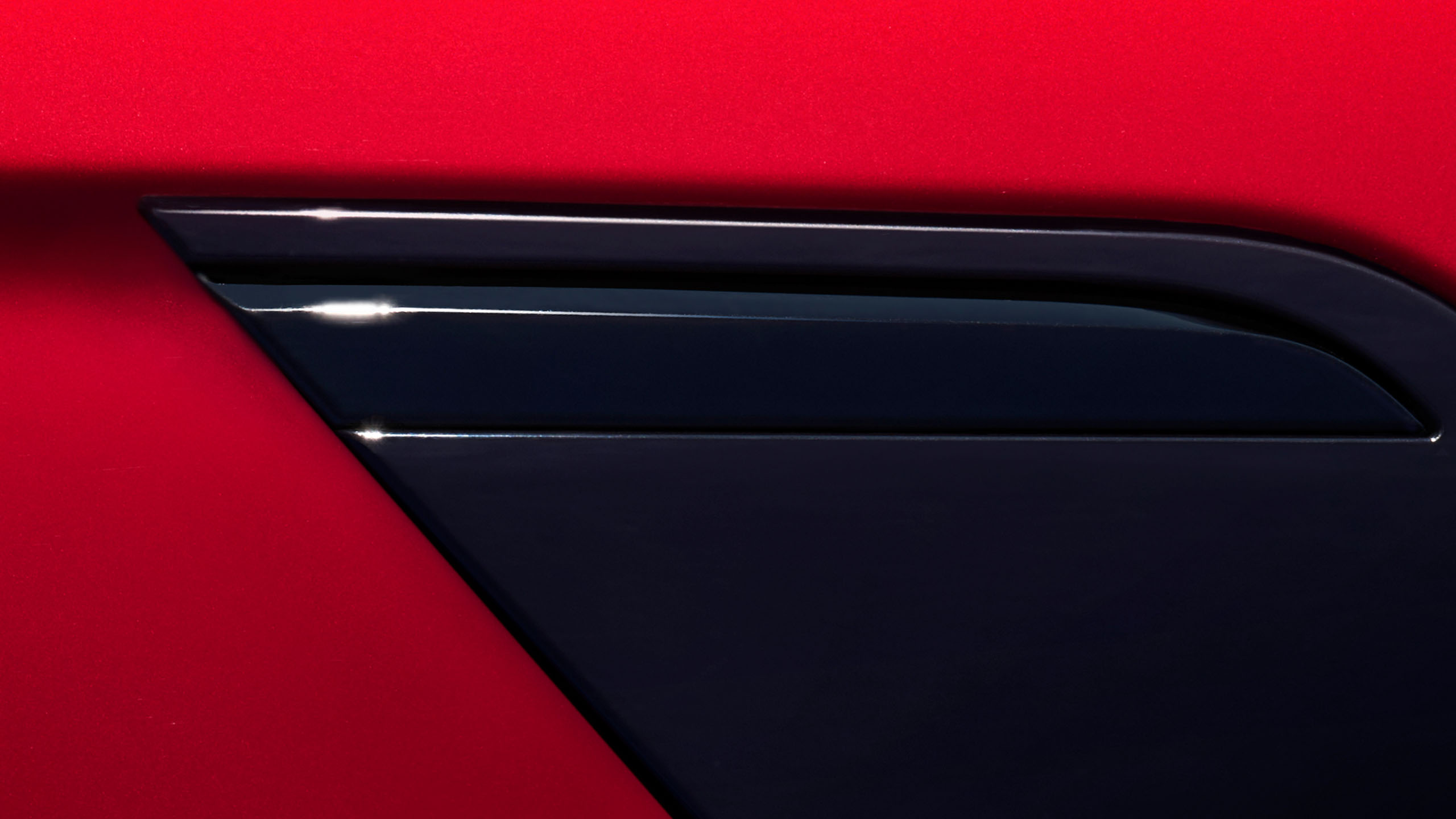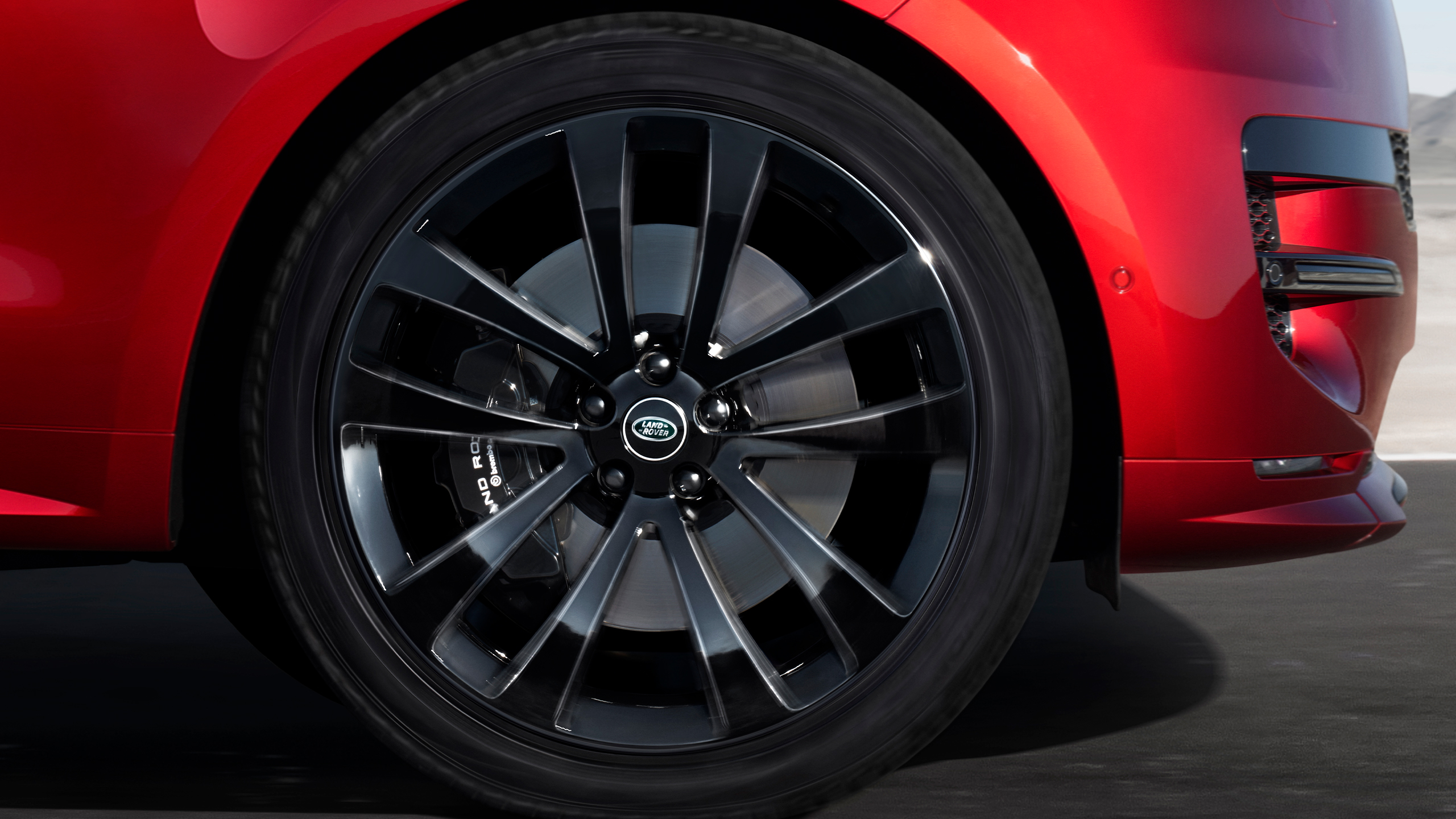TOP SPEED
(150mph)
On Range Rover Sport P510e engine.
ACCELERATION
secs
(0-100km/h)(0-60mph) On Range Rover Sport P510e engine.
MAXIMUM TORQUE
Nm
(1.500 - 5.000rpm) On Range Rover Sport P510e engine.
ELECTRIC HYBRID RANGE (UP TO)
(70 miles) *
*WLTP. Expected real-world range of up to 88km (54 miles).
The figures provided are as a result of official manufacturer's tests in accordance with EU legislation with a fully charged battery. For comparison purposes only. Real world figures may differ. CO2, fuel economy, energy consumption and range figures may vary according to factors such as driving styles, environmental conditions, load, wheel fitment, accessories fitted, actual route and battery condition. Range figures are based upon production vehicle over a standardised route.
†Dry: Volume as measured with VDA-compliant solid blocks (200mm x 50mm x 100mm).
††Wet: Volume as measured by simulating the loadspace filled with liquid.
‡The figures provided are NEDC2 calculated from official manufacturer's WLTP tests in accordance with EU legislation. For comparison purposes only. Real world figures may differ. CO₂ and fuel economy figures may vary according to wheel fitment and optional extras fitted. NEDC2 are figures calculated using a Government formula from WLTP figures equivalent to what they would have been under the old NEDC test. The correct tax treatment can then be applied.
‡‡WLTP is the new official EU test used to calculate standardised fuel consumption and CO₂ figures for passenger cars. It measures fuel, energy consumption, range and emissions. This is designed to provide figures closer to real-world driving behaviour. It tests vehicles with optional equipment and with a more demanding test procedure and driving profile. The figures shown refer to the most economical/lightest set of options.
Weights reflect vehicles to standard specifications. Optional extras increase weight.




